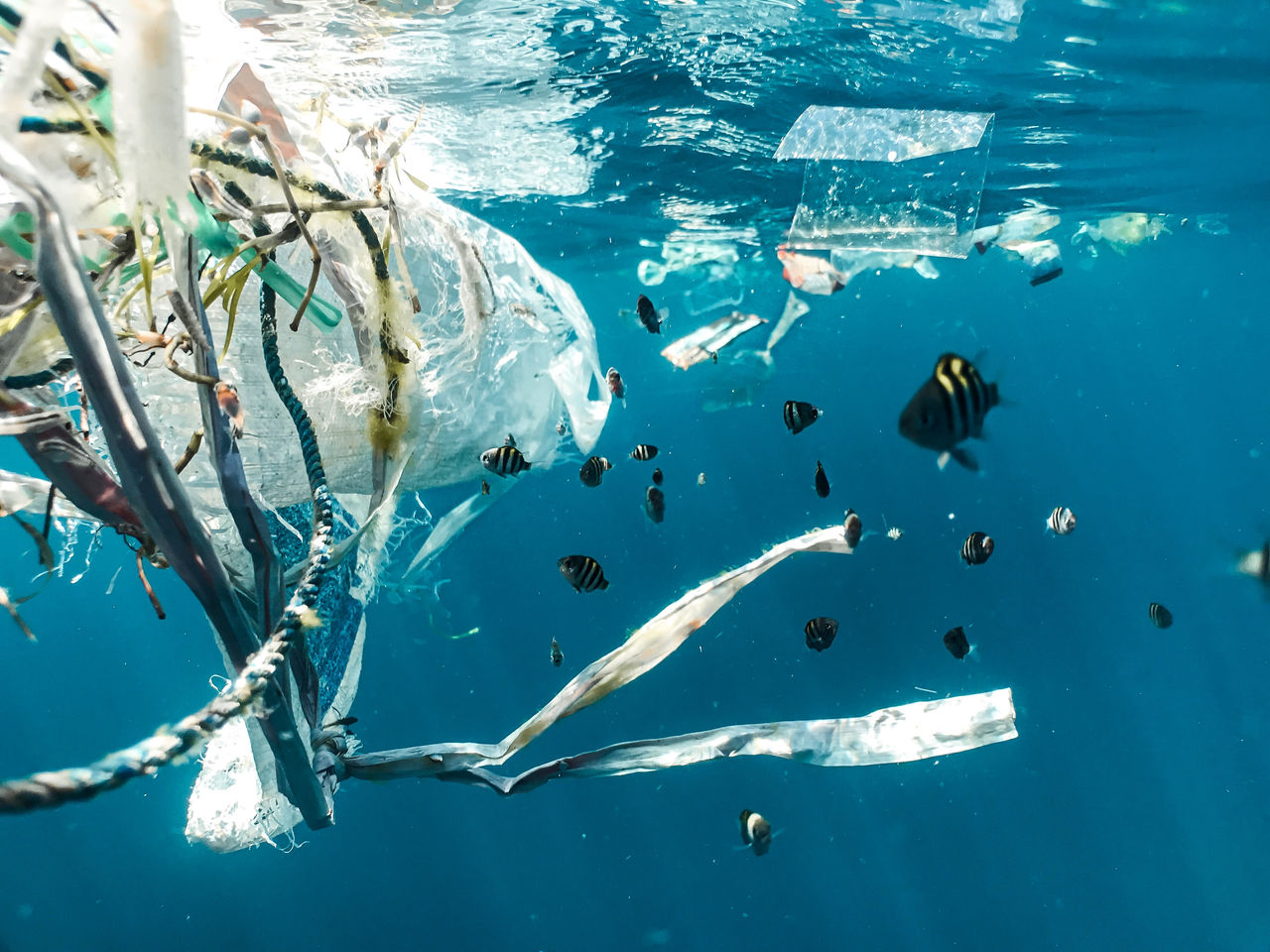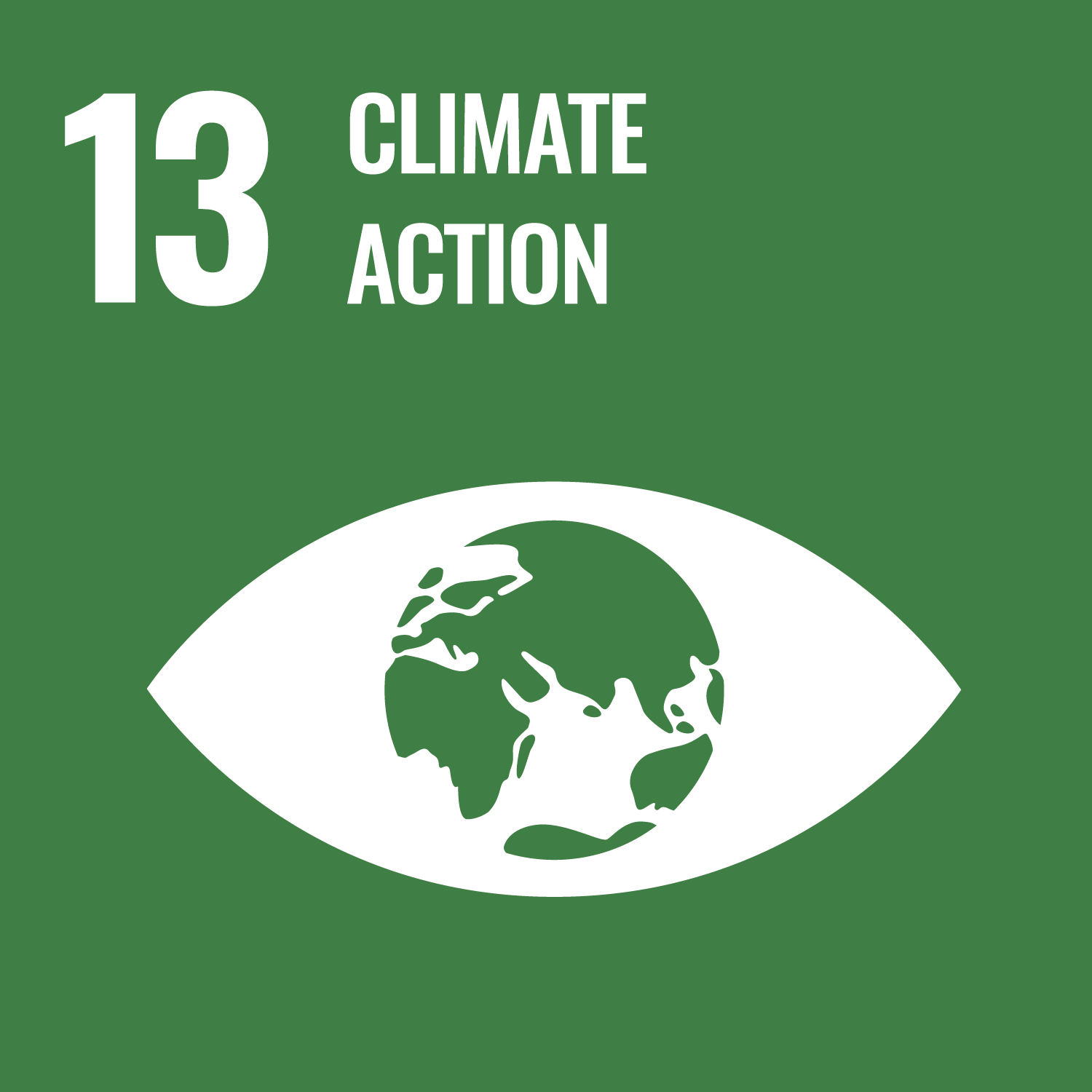Contemporary novels contribute to understanding the environmental deterioration of the Mediterranean
A UOC research study looks at how novels convey the Mediterranean's complexity as an environmentally threatened environmentAccording to Aina Vidal, the narrative strategies of contemporary novels provide numerous tools for addressing the various aspects of the ecological emergency

In the novel Beirut, I Love You, Zena el Khalil depicts the violence of war and its lethal effect on the peoples and territories of Lebanon. In Cremation and On the Edge, Rafael Chirbes shows the two faces of predatory urban development and mass tourism on Valencia's Mediterranean coast: the splendid skyline of the coast, and its backyard – a wetland where the rubble from coastal developments and bodies expelled from history have washed up.
The Mediterranean is a region that suffers from numerous environmental problems. Those problems include the overexploited coastal resources, polluted aquifers, the deterioration of the region's ecosystems and the dumping of refuse. As a region, it is also very vulnerable to the effects of climate change, as confirmed by international reports such as those by the Intergovernmental Panel on Climate Change (IPCC). In particular, this northern hemisphere region is suffering from an increase in heatwaves and droughts, and the sea is warming 20% more quickly than the global average, according to a report by the environmental organization WWF.
The environmental crisis is a complex phenomenon, as are the means used to convey its importance and scope. That is one of the starting points for Aina Vidal Pérez, a researcher in the Global Literary Studies group (GlobaLS) at the Universitat Oberta de Catalunya (UOC), in her thesis Global Mediterranean. Environmental poetics of the coast in the contemporary novel.
In her analysis of several contemporary works by authors including Zena el Khalil and Rafael Chirbes, Vidal examines the poetics driving the environmental destruction of the Mediterranean in the contemporary novel, and the extent to which this theme acquires value in the international literary market.
The Mediterranean, the central theme of the novels
When writing her thesis, Vidal analysed four main novels: Cremation and On the Edge, by Rafael Chirbes; Beirut, I Love You, by Zena el Khalil; and Earthly Remains, by Donna Leon, in addition to three secondary novels: L'enfant qui mesurait le monde, by Metin Arditi; Il vento porta farfalle o neve, by Francesco Aloe; and The Island of Missing Trees, by Elif Shafak.
"These novels present practices related to the movement of flows of capital and bodies, extractivist and genocidal neocolonialism, trafficking of waste and goods, and collusion between governments and corporate and mafia structures," said the researcher at GlobaLS, a group affiliated to the Internet Interdisciplinary Institute (IN3) and part of the Faculty of Arts and Humanities at the UOC.
She points out that in terms of aesthetics and ideology they use diverse narrative solutions and offer different critiques. What they have in common, Vidal concludes, is that in all of them "the Mediterranean transcends its mere condition as a space in which the action takes place, and establishes itself as a fundamental driving force in the construction of the narrative form."
These novels also appeal to a Mediterranean imaginary, with landscape, sociocultural and historical forms that are known internationally. When this 'Mediterranean-ness' is combined with more conventional green thinking, it creates a product that acquires value in the international literary market.
Sometimes, the novels themselves need not be convention, but the way in which they are promoted is. "The combination of this 'Mediterranean-ness' with a green discourse is a value for the international literary market, which can end up making even the most critical approaches to narrative conventional," explained Vidal.
“The Mediterranean transcends its mere condition as a space in which the action takes place, and establishes itself as a fundamental driving force in the construction of the narrative form”
The techniques offered by the novel
While preparing her thesis, Vidal focused on the novels above to identify and analyse the most common phenomena in depictions of the exploitation of the Mediterranean coast. "Accidents and attacks on industrial infrastructures; the trafficking and dumping of toxic waste; disastrous rainfall and flooding, and rising water levels; gentrification and tourism; mass urbanization, property speculation and enormous projects for global integration," are those listed by the researcher.
All these problems made her consider the narrative around very complex phenomena, which in turn have extensive social and environmental consequences. Vidal examined the specific narrative strategies and mechanisms with which the novel reacts to these phenomena; how the Mediterranean environment determines the aesthetic forms of the narratives, and how the link between a local manifestation of the ecological crisis and its global implications can be captured.
She concluded that the key factor lies in the vast potential of novels. "The novel is a malleable, protean genre, capable of bringing together resources from all genres. It is not a closed and established form, but instead one that has to be constantly reinvented," explained Vidal, who completed her thesis in the UOC's doctoral programme in Humanities and Communication.
"In its attempt to give meaning to the world, the novel imaginatively uses the problems it attempts to solve. In that respect, it provides an opportunity to address the ecological emergency by means of a structured argument, and makes a phenomenon that is not very concrete and far-reaching imaginable," she added.
The development and organization of the plot, the construction of the characters, the narrative voice, the subjective experience, the movement or recreation of environments and atmospheres thereby contribute to imagining and reimagining environmental transformations and their challenges.
"In my work, for example, I analyse The Island of Missing Trees, by Elif Shafak, in which one of the narrative voices is a ficus carica, a fig tree that tells the recent history of Cyprus in parallel to the impacts of the climate crisis," said Vidal. Earthly Remains, by Donna Leon, is a noir novel, in which "the first corpse found is not human, but instead the remains of bees that die en masse due to the high levels of pollution in the Venetian lagoon."
Another example is On the Edge, by Rafael Chirbes, a novel in which the reservoir at Olba (a fictional town) is presented as a polluted place where the debris from coastal urbanization has been jettisoned, as well as the bodies of soldiers from the Spanish Republican Army during Spain's Civil War and suicides during the financial crisis. The list of examples in the novel form is an extensive one.
Understanding a vulnerable Mediterranean
With this research, Vidal aims to contribute theoretically, methodologically and critically to making perceptions of both the contemporary Mediterranean and the narratives that represent ecological risk in the region more complex. "To do this, I highlight the central role of the capitalist system as a project for the appropriation of land and exploitation of the environment," she explained.
"I aim to find out which versions of the ecological crisis in the Mediterranean are being presented: do they include instability, forced displacements, migrant labour, consumer technologies, (neo)colonial wars and their infrastructures as factors that are involved in the production and conception of space?" she said. "The connection between the novel, the ecology and the market cannot be made unproblematically."
In a context in which the environmental emergency is becoming ever more acute, Vidal sets out the need for a critical analysis of the ideologies, presumptions and biases that these fictions can present regarding how the environment is used, produced and constructed in the globalized era.
This UOC research contributes to United Nations Sustainable Development Goal (SDG) 13, Climate Action.
UOC R&I
The UOC's research and innovation (R&I) is helping overcome pressing challenges faced by global societies in the 21st century by studying interactions between technology and human & social sciences with a specific focus on the network society, e-learning and e-health.
Over 500 researchers and more than 50 research groups work in the UOC's seven faculties, its eLearning Research programme and its two research centres: the Internet Interdisciplinary Institute (IN3) and the eHealth Center (eHC).
The university also develops online learning innovations at its eLearning Innovation Center (eLinC), as well as UOC community entrepreneurship and knowledge transfer via the Hubbik platform.
Open knowledge and the goals of the United Nations 2030 Agenda for Sustainable Development serve as strategic pillars for the UOC's teaching, research and innovation. More information: research.uoc.edu.
Experts UOC
Press contact
-
Rubén Permuy

